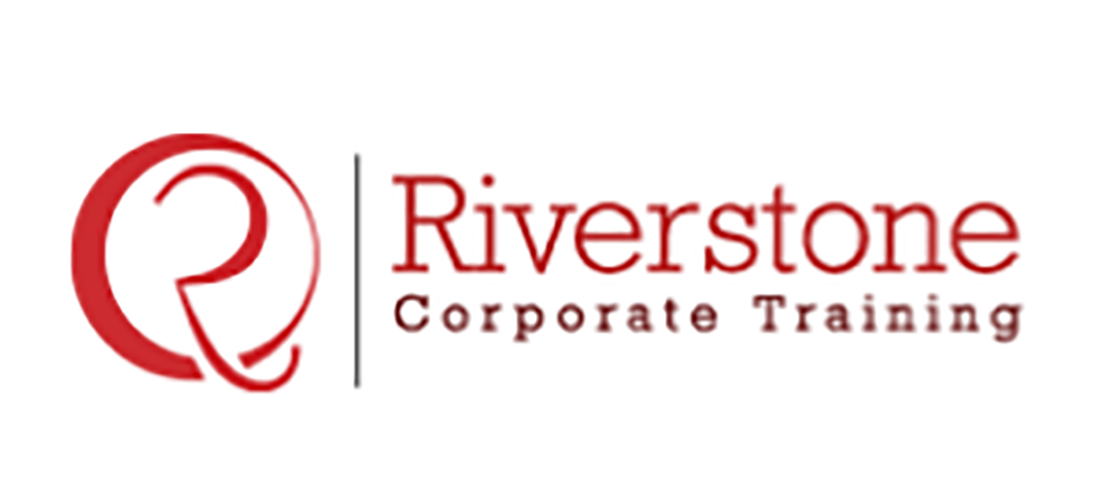This practical course equips professionals with a structured understanding of portfolio management and governance, helping them align business strategy with investment decisions. Participants will explore roles, frameworks, performance, and value realization within a portfolio context, using real-life case practices to support learning.
Overview This course introduces modern portfolio governance practices that support better decision-making, alignment of business priorities, and realization of strategic value. Participants will gain a hands-on understanding of how portfolios are structured, governed, and optimized for results.
Upon completion, participants will:
- Understand key roles and responsibilities in portfolio governance
- Learn how to design, structure, and prioritize portfolio components
- Gain skills to track benefits, manage performance, risks, and stakeholder engagement.
Who should attend
- Senior managers, portfolio and program leads, PMO heads
- Strategic planners, business analysts, investment committee members
- Any professional involved in enterprise governance and project prioritization
Methodology The course adopts an engaging and practical approach, using interactive case studies, real-world scenarios, team discussions, and tools to apply key concepts in portfolio management.
Trainer The workshop will be led by a senior portfolio strategist with over 30 years of experience in governance, strategy, and large-scale portfolio optimization across sectors. Formerly part of global strategy teams and an advisor to multinational boards.
Module – 1
Fundamentals of Portfolio Management and Governance.
- Define what a portfolio is in a project and program context
- Understand the purpose and value of portfolio management in organizations
- Explore governance structures and how they guide decision-making
- Learn how portfolio governance aligns with corporate strategy and oversight
Module – 2
Portfolio Management Roles and PfDG Responsibilities
- Introduce the Portfolio Decision Group (PfDG) and its purpose
- Outline responsibilities of portfolio-level leadership and committees
- Clarify accountability and decision-making authority in portfolio governance
- Describe how the PfDG ensures alignment between business objectives and investments
Module – 3
Designing a Portfolio Management Framework
- Explore what makes an effective portfolio management framework
- Define key portfolio processes and lifecycle stages
- Learn how portfolio governance policies are structured
- Understand how to review and evolve the framework over time
- Real-world case: portfolio process design at Greentech Innovations Ltd
Module – 4
Building and Structuring Portfolio Composition
- Identify the components that make up a portfolio (projects, programs, BAU activities)
- Techniques to evaluate and score potential components
- Plan for capacity constraints and resource balancing
- Learn methods to prioritize components for inclusion
- Understand how to formally approve and document portfolio composition
Module – 5
Portfolio Realisation and Benefits Tracking
- What it means to realize value from the portfolio
- Setting up mechanisms to monitor benefit delivery over time
- Aligning outputs from individual projects to portfolio-level outcomes
- Case practices for tracking contribution to strategic goals
Module – 6
Controlling and Managing Portfolio Performance
- Methods to monitor and control the performance of the portfolio
- Setting KPIs and performance indicators across components
- Managing and optimizing overall portfolio value
- How to detect deviations and make corrective adjustments
Module – 7
Portfolio Risk, Change, and Issue Management
- Proactive identification and management of portfolio risks
- Approaches to evaluating and approving portfolio-level change requests
- Managing cross-portfolio issues and impacts
- Governance workflows for risk escalation and resolution
Module – 8
Stakeholder Engagement and Portfolio Communication
- Mapping portfolio stakeholders and understanding their expectations
- Designing a stakeholder engagement strategy
- Managing portfolio communication across levels of the organization
- Reporting portfolio performance to executives, sponsors, and teams

